
Pure Silk
Pure silk is a natural fiber fabric made from silkworms, primarily mulberry and tussah silk. Silk is a relatively expensive fabric widely used in clothing. It possesses the following properties:
Soft and smooth: Silk fabric has a soft hand feel and is comfortable to wear, making it suitable for high-end clothing.
Vibrant color: Silk has excellent dyeing properties and high color saturation, making it suitable for a variety of designs.
Good drape: Silk fabric has exceptional drape, creating an elegant aesthetic.
Silk used in clothing is comfortable, breathable, and has good skin-friendliness.

Craftsmanship, Value and Heritage
Pure silk is made from mulberry silk through a series of processes, including reeling, weaving, scouring, and dyeing. Traditional techniques such as jacquard weaving impart unique textures and colors.
Silk combines comfort and luxury, making it a preferred material for high-end apparel. However, its production costs are high.
As an intangible cultural heritage craft, SilkYue remains committed to maintaining its original aspirations and continuing its tradition despite facing a talent shortage and the impact of synthetic fibers.
-

Pinellia and Mother-of-Pearl Inlaid Mulberry Pure Silk Vest
Read more -
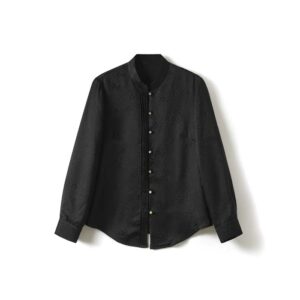
Muyue Mulberry Pure Silk Commuter Shirt
Read more -
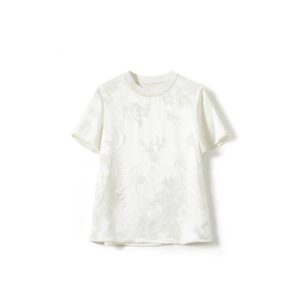
Jacquard Pure Silk Short-Sleeved Top
Read more -

Gold Jacquard Mulberry Pure Silk Outer Shirt
Read more -
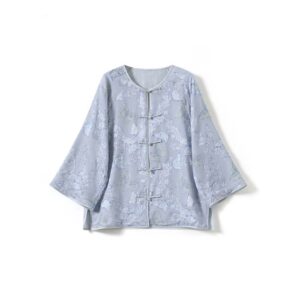
Cut-Out Mulberry Pure Silk Jacket
Read more -
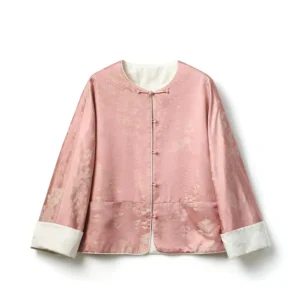
Chinese Silk Jacket
Read more -
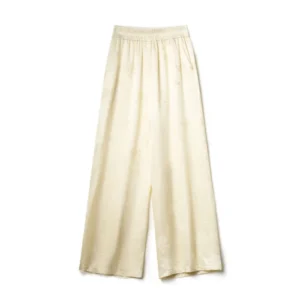
Jacquard Silk Pant
Read more
Looking to buy fabric?
Customization and Innovation
Pure Silk Historical Development
| Period | Region | Key Developments | Impact & Legacy |
| ~2700 BCE | China | Legendary Empress Leizu discovers silk; sericulture begins | Foundation of silk monopoly; Silk Road origins |
| 206 BCE–220 CE | Han Dynasty (China) | Silk trade expands via the Silk Road; guarded secret of sericulture | Global demand rises; silk becomes currency & diplomatic gift |
| 6th Century CE | Byzantine Empire | Smuggled silkworms from China; start of European sericulture | Broke China’s monopoly; silk production spreads to Mediterranean |
| 12th–15th Century | Italy | Italian silk workshops flourish; advanced looms & brocade techniques | Renaissance luxury fashion; established Italy as Europe’s silk hub |
| 17th–18th Century | France | Louis XIV promotes Lyon’s silk industry; Jacquard loom invented | French silk dominates haute couture; mechanization boosts production |
| 19th Century | Global | Industrial Revolution introduces synthetic dyes & mass production | Silk becomes more accessible but faces competition from cotton & early synthetics |
| 20th–21st Century | Worldwide | Japan perfects mechanized reeling; China re-emerges as top producer | Sustainable silk, hybrids, and high-tech applications |
Pure Silk Weaving Craft
The pure silk weaving process is complex, encompassing reeling, weaving, refining, and finishing.
Reeling: The process of extracting silk from mulberry silk cocoons is commonly known as reeling. Reeling is the first major step in the process, where the cooked silk is separated and unraveled according to the desired finished product specifications before being combined to create raw silk.
Weaving: After processing, the raw silk is separated into warp and weft threads, which are then interwoven according to specific craftsmanship to form silk fabric.
Refining: Also known as degumming, the refined raw silk becomes cooked silk. Silk consists primarily of sericin, which is coated with sericin. Sericin contains impurities that significantly affect the subsequent printing and dyeing process, so it must be removed.
Sericin is easily soluble in hot water due to the effects of chemicals or enzymes. Therefore, a combination of soap and soda ash is often used for refining.
Finishing: The finishing process primarily addresses issues left behind by previous steps, such as moisture, unevenness, and wrinkles. By ironing, calendering, stretching and weft straightening, adding antistatic agents and fire retardants, etc., silk fabrics can be made wrinkle-resistant, soft and comfortable to wear.
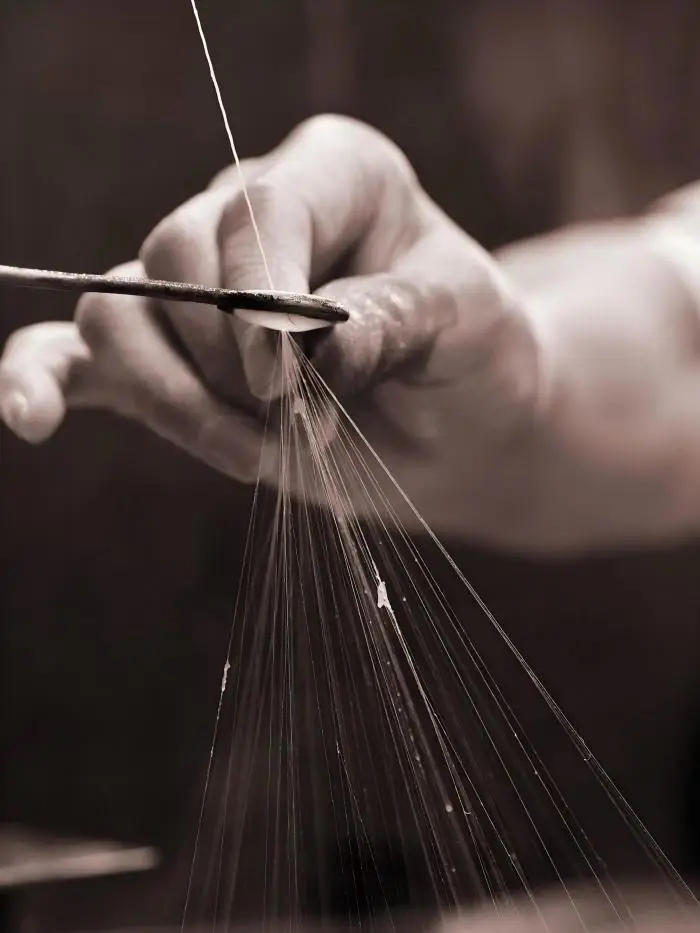
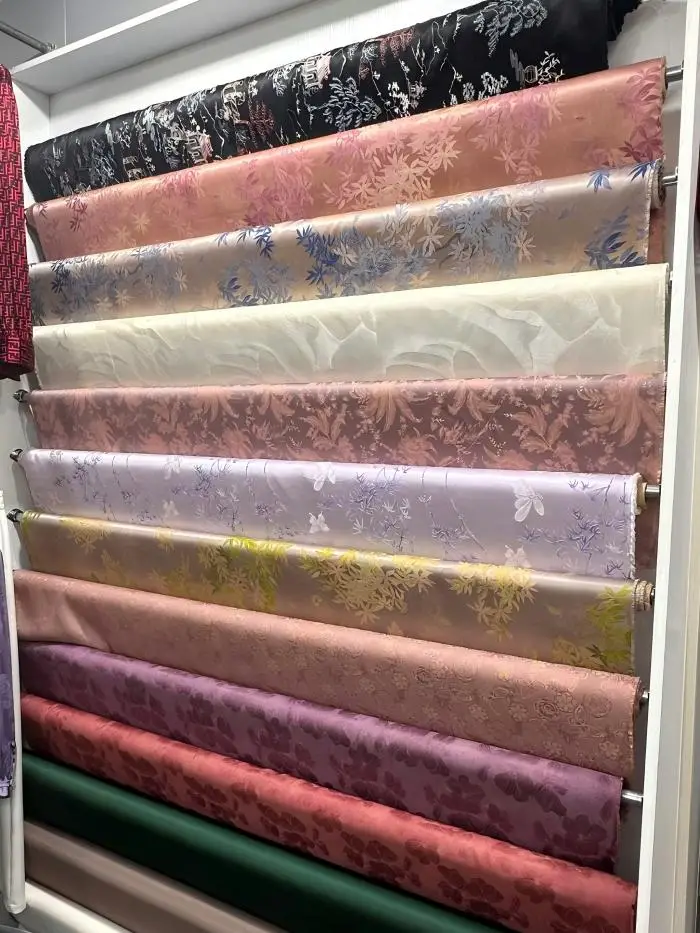
Pure Silk Types
Pure silk can be divided into 15 categories based on fabric weave and processing techniques: spun silk, crepe, satin, damask, gauze, leopard, velvet, brocade, gauze, woolen cloth, kudzu, silk, silk, and embroidery.
Within these 15 categories, gauze, leopard, and velvet are classified based on their weave, regardless of whether they are printed or not. Each type of silk can be bleached, dyed, or printed.
How to Identify Pure Silk?
There are two main ways to identify real pure silk: visual inspection and feel, and burning it.
Visual inspection and feel: Real silk has a soft, non-glaring luster and feels soft, smooth, and comfortable.
Real silk is highly elastic, leaving virtually no creases when folded in half, and easily returns to its original shape.
Some artificial silks lack elasticity and are not as comfortable to wear as real silk.
Identifying real silk by burning: Silk burns with virtually no flame, leaving fine black ash that can be crushed by hand.
Real silk contains protein fibers, so it has a burning smell like hair.
Artificial silk burns with flames and a plastic smell, leaving behind hard, rubbery lumps.
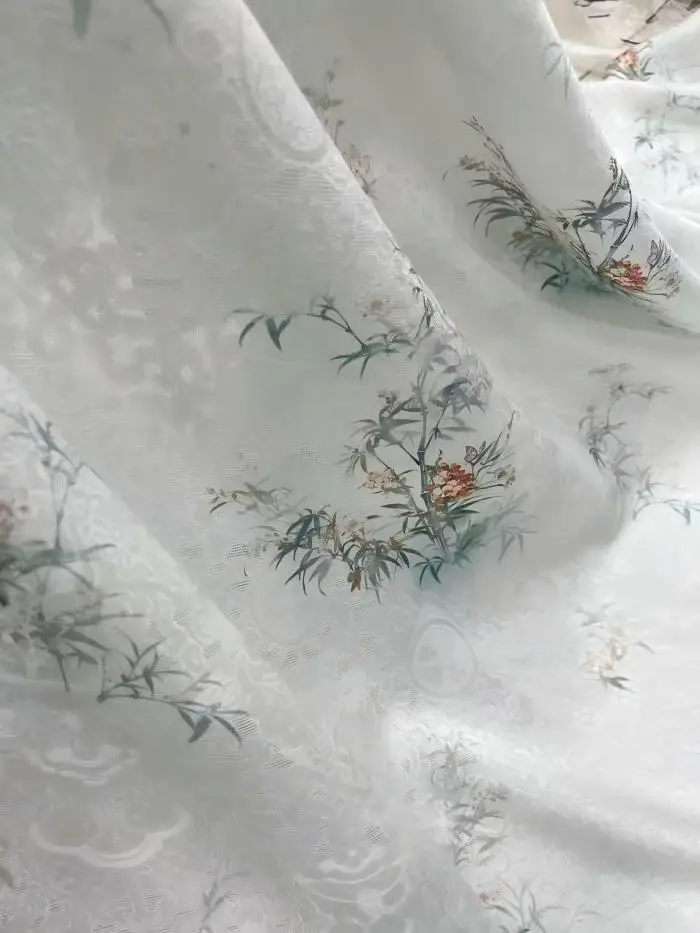
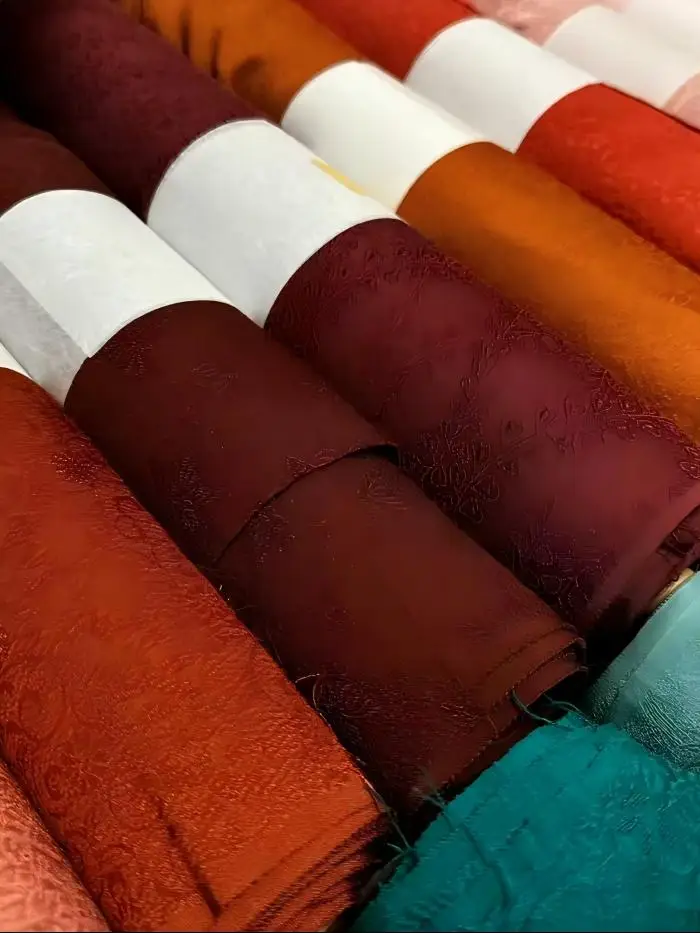
How to care for pure silk?
When washing pure silk, avoid rubbing or washing it in a washing machine. Soak the silk item in cold, clean water for several minutes. Then, add a silk detergent to the clean water and let it soak for several minutes, then rinse repeatedly.
Note the following points when washing silk:
1. Wash dark and light colors separately.
2. Do not use water above 30 degrees Celsius.
3. Do not wring or rub the silk vigorously, and do not use a hard-bristled brush.
4. After washing, do not wring the silk. Instead, lay the garment flat on a towel and gently press with another towel to absorb the moisture.
5. When drying, dry the silk in the shade, not in the sun.
